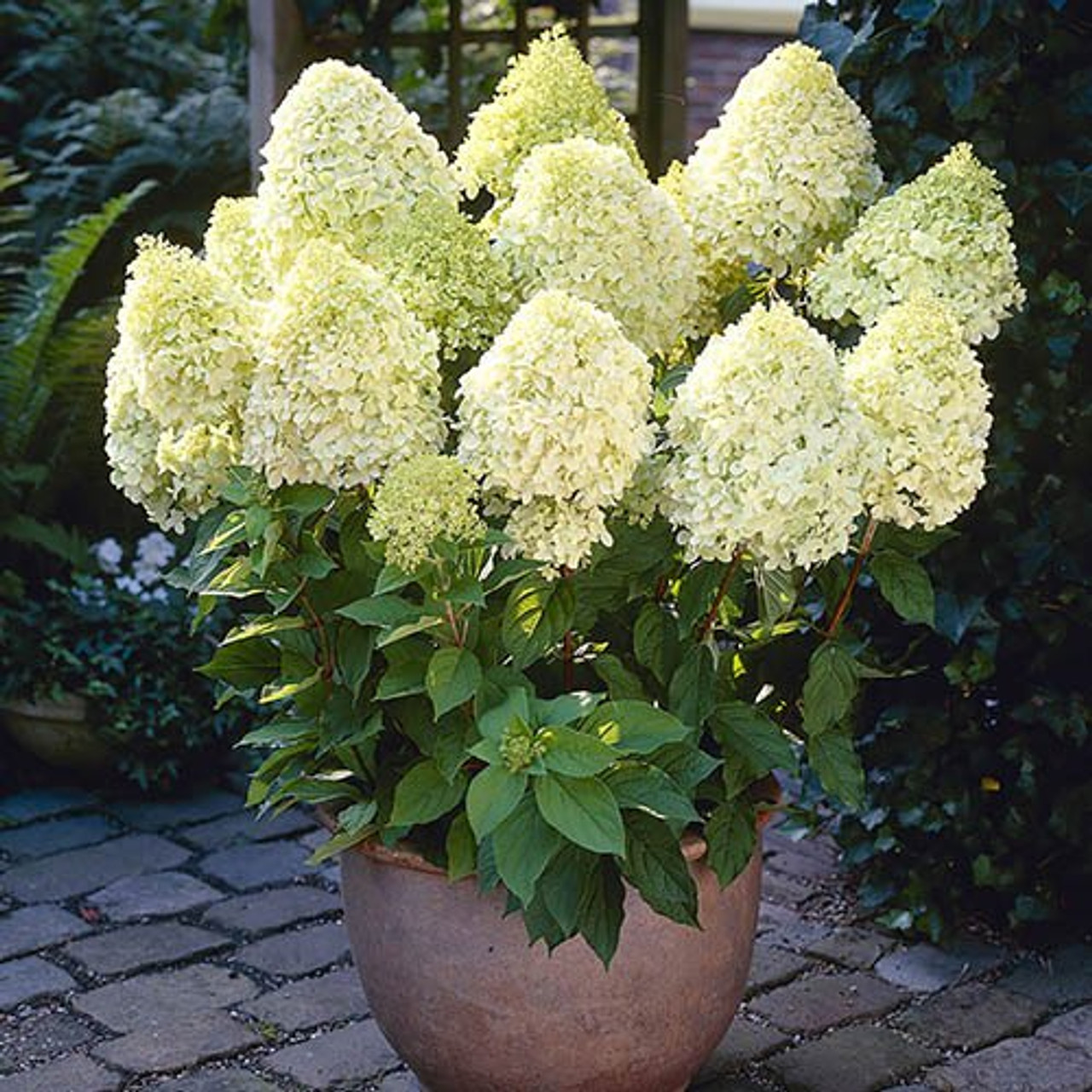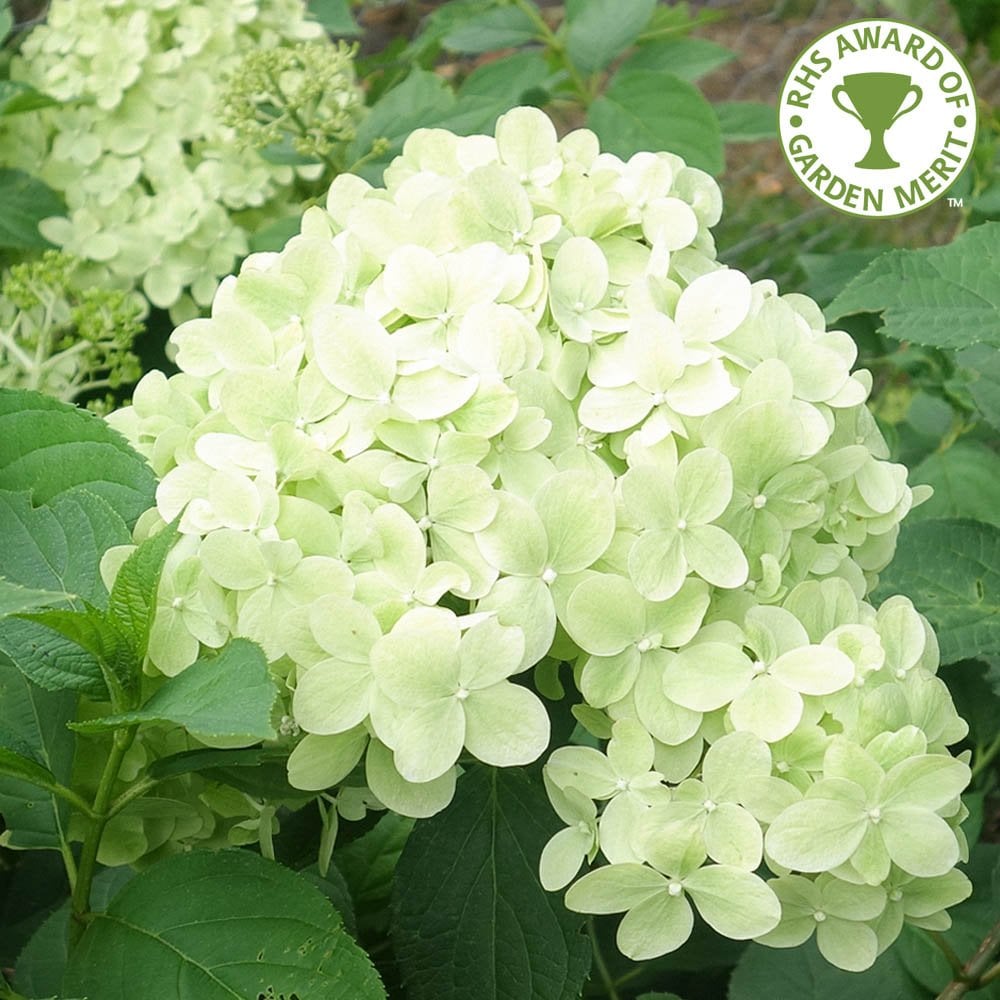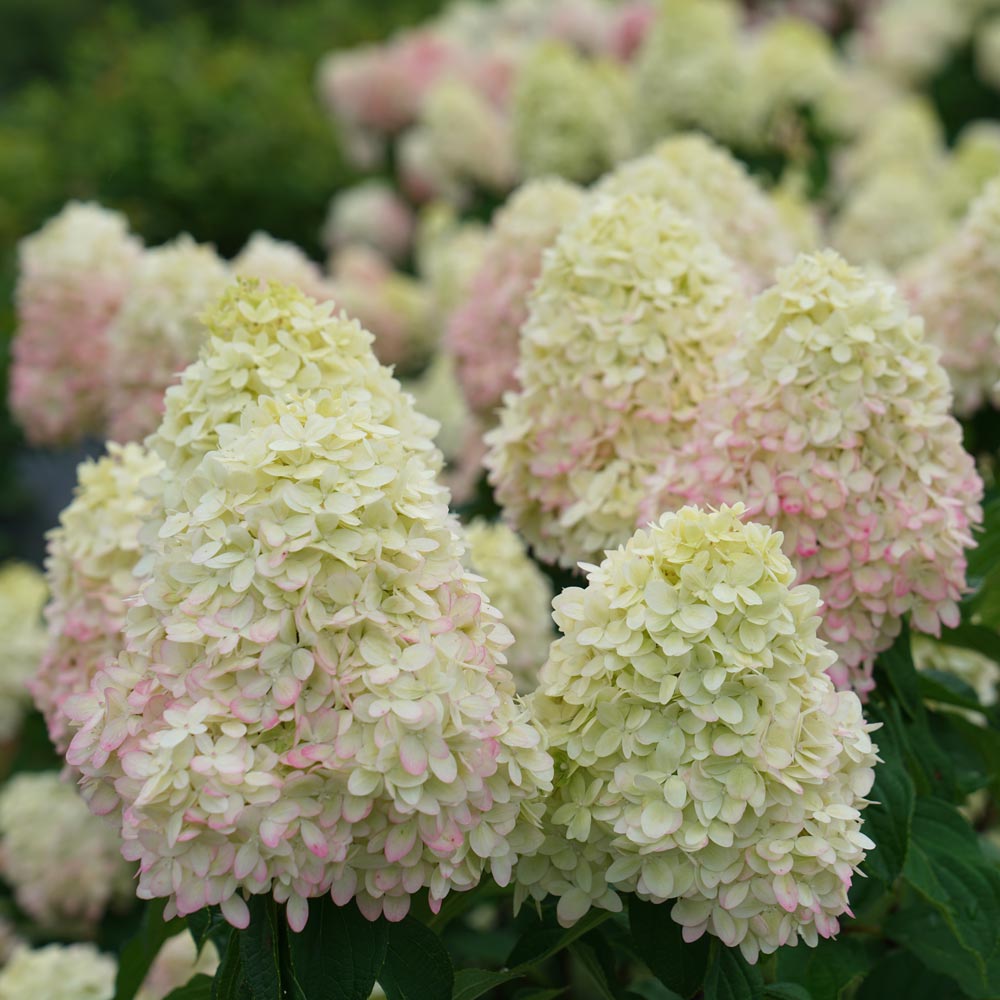Limelight Hydrangea: The Showstopper Of Your Garden
Limelight Hydrangea: The Showstopper of Your Garden
Limelight hydrangea is a popular shrub known for its large, cone-shaped flowers that bloom in summer. The flowers start out a bright lime green and gradually fade to white as they mature. In some cases, they may even develop a pink hue in the fall. Limelight hydrangeas are relatively easy to care for and can thrive in a variety of conditions. They are also deer resistant, making them a good choice for gardens in areas with high deer populations.
Here are some of the reasons why limelight hydrangeas are such popular garden plants:
- Their large, showy flowers: Limelight hydrangeas can grow up to 6 feet tall and wide, and their flowers can reach up to 10 inches in diameter. This makes them a real showstopper in any garden.
- Their versatility: Limelight hydrangeas can be grown in a variety of conditions, including full sun to partial shade. They are also drought tolerant once established.
- Their low maintenance: Limelight hydrangeas are relatively easy to care for. They only need to be watered regularly during the first year after planting, and they should be fertilized once a year in the spring.
- Their deer resistance: Limelight hydrangeas are deer resistant, making them a good choice for gardens in areas with high deer populations.
If you are looking for a beautiful, low-maintenance shrub that will add a touch of elegance to your garden, then limelight hydrangea is a great option.
Here are some tips for planting and caring for limelight hydrangeas:
- Plant limelight hydrangeas in a location that receives full sun to partial shade. They will tolerate full sun, but they may not flower as well.
- Plant limelight hydrangeas in well-drained soil. They are not tolerant of wet, soggy soil.
- Water limelight hydrangeas regularly during the first year after planting. Once established, they are drought tolerant.
- Fertilize limelight hydrangeas once a year in the spring. Use a balanced fertilizer, such as 10-10-10.
- Prune limelight hydrangeas in late winter or early spring. Remove any dead, diseased, or damaged branches. You can also prune to shape the shrub.
- Limelight hydrangeas are relatively pest- and disease-free. However, they may be susceptible to powdery mildew. If you see powdery mildew, treat it with a fungicide.
With proper care, limelight hydrangeas will thrive in your garden for many years to come.
If you're looking for a hydrangea that's both beautiful and easy to care for, then Hydrangea paniculata 'Limelight' is the perfect choice for you. This hardy shrub produces large, conical flowers that start out lime green in color and gradually fade to white and pink as they mature. The flowers are held upright on sturdy stems, making them perfect for adding a touch of drama to your garden.
Hydrangea paniculata 'Limelight' is a sun-loving plant, but it can also tolerate partial shade. It prefers moist, well-drained soil and is relatively resistant to pests and diseases. To keep your hydrangea healthy and blooming, fertilize it once a month during the growing season and prune it back in the spring.
If you're interested in learning more about Hydrangea paniculata 'Limelight', I recommend visiting Garden Wiki. This website has a wealth of information about the plant, including its care requirements, planting tips, and troubleshooting advice.
FAQ of hydrangea paniculata limelight
- What are some facts about Limelight hydrangeas?
Limelight hydrangeas are a stunning variety of hydrangeas that are known for their large, white flowers that bloom in the summer. The flowers typically start out as a pale green color and then transition to white, cream, and pink as they mature. Limelight hydrangeas are also known for being relatively low-maintenance and drought-tolerant.
- What are the best conditions to grow Limelight hydrangeas?
Limelight hydrangeas prefer full sun or partial shade. They need well-drained soil that is rich in organic matter. Limelight hydrangeas are also relatively tolerant of cold weather.
- How do I care for Limelight hydrangeas?
Limelight hydrangeas are relatively low-maintenance plants. They need to be watered regularly, especially during hot, dry weather. They should also be fertilized once a year in the spring. Limelight hydrangeas do not need to be pruned often, but they can be pruned in the early spring to remove dead or damaged branches.
- What are some common problems with Limelight hydrangeas?
The most common problem with Limelight hydrangeas is chlorosis. Chlorosis is a condition that causes the leaves of the plant to turn yellow. This is usually caused by a lack of iron in the soil. Limelight hydrangeas can also be susceptible to pests and diseases, such as aphids, spider mites, and powdery mildew.
- How do I propagate Limelight hydrangeas?
Limelight hydrangeas can be propagated by softwood cuttings in the spring or summer. To take a softwood cutting, cut a 4-6 inch section of new growth from the plant. Remove the bottom leaves from the cutting and dip the cut end in rooting hormone. Plant the cutting in a well-draining potting mix and keep it moist. The cutting should root in 4-6 weeks.
Image of hydrangea paniculata limelight
5 different images of "hydrangea paniculata limelight" from pinterest.com:
- Image 1: A full grown limelight hydrangea shrub in full bloom. The flowers are a light pink color with a hint of green. The shrub is surrounded by green grass and trees.

- Image 2: A close-up of the flowers of a limelight hydrangea. The flowers are very large and have a delicate appearance. The petals are a light pink color with a hint of green.
- Image 3: A limelight hydrangea shrub in the fall. The flowers have started to turn a darker pink color. The leaves on the shrub are starting to change color as well.

- Image 4: A limelight hydrangea shrub in a pot. The shrub is located on a patio. The flowers are in full bloom and are a light pink color.

- Image 5: A limelight hydrangea shrub in a garden. The shrub is surrounded by other flowers and plants. The flowers are in full bloom and are a light pink color.


Post a Comment for "Limelight Hydrangea: The Showstopper Of Your Garden"